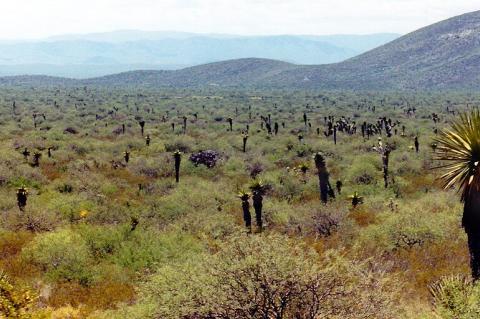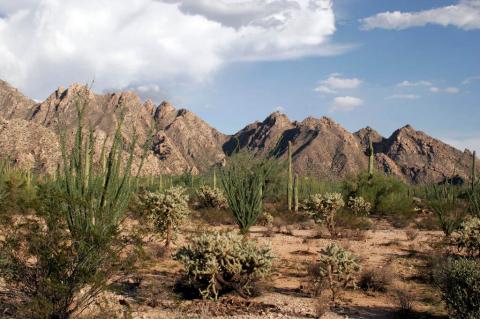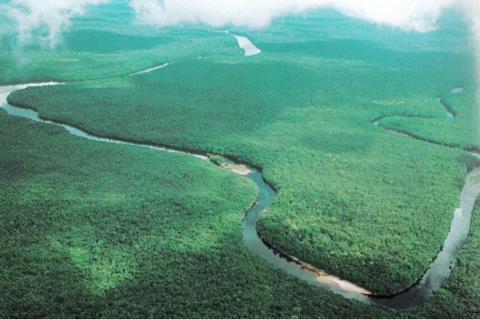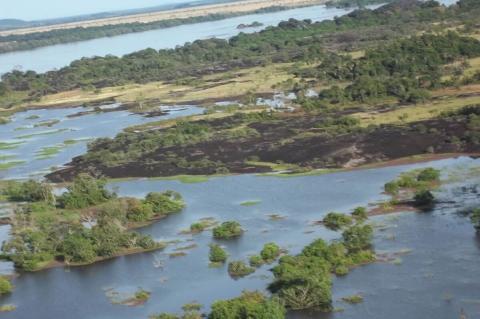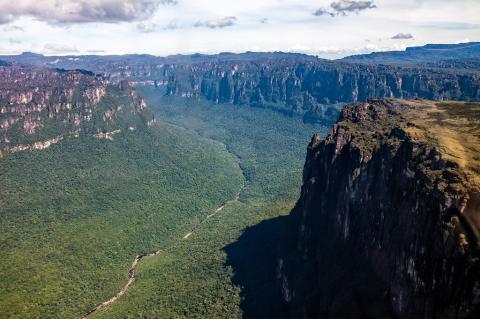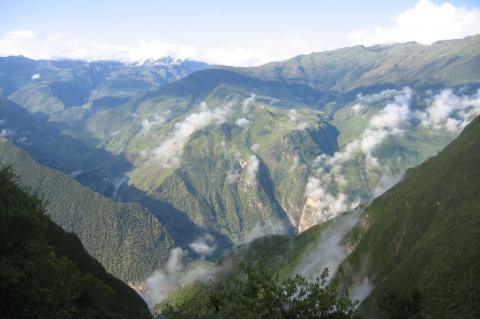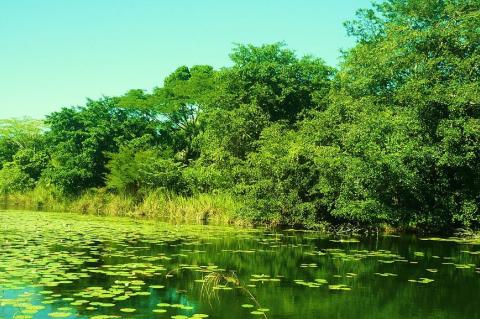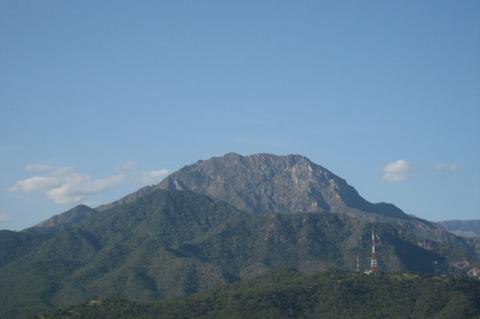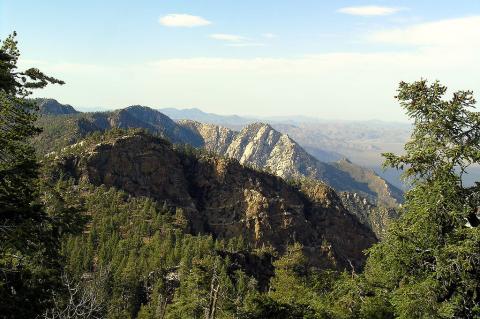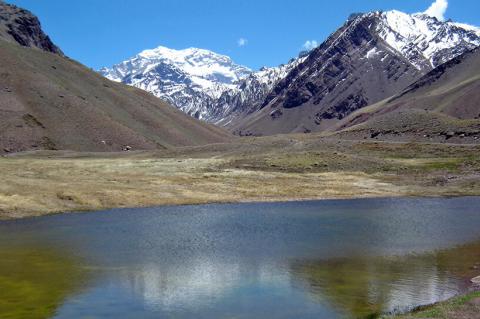The Chihuahuan Desert: Discovering the Rich Landscape of North America's Largest Desert
The Chihuahuan Desert, North America's largest desert ecoregion, is bounded by the Sierra Madre Occidental and the Sierra Madre Oriental; it extends southward into Mexico. Recognized for its biological diversity, the Chihuahuan Desert is a rain shadow desert shaped by the surrounding mountain ranges. Home to unique endemic species, including plants and animals, the region showcases a mosaic of landscapes, from grasslands to shrublands.
